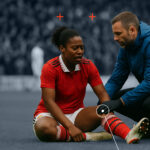Empower performance, medical and coaching teams to collaborate to effectively plan, monitor, and adapt how they optimize each athlete’s journey to performance readiness. Along the way, each department can document and communicate status, keeping the entire organization informed and involved at every phase.
Build cross-functional, structured return to perform plans
Easily create templates for your team’s unique return protocols, establishing consistent processes and procedures that everyone follows. Based on the type of injury, establish and document the phases you want to bring your athletes through, identify specific milestones, set detailed goals for each milestone, and assign action items for each department involved in the protocol.
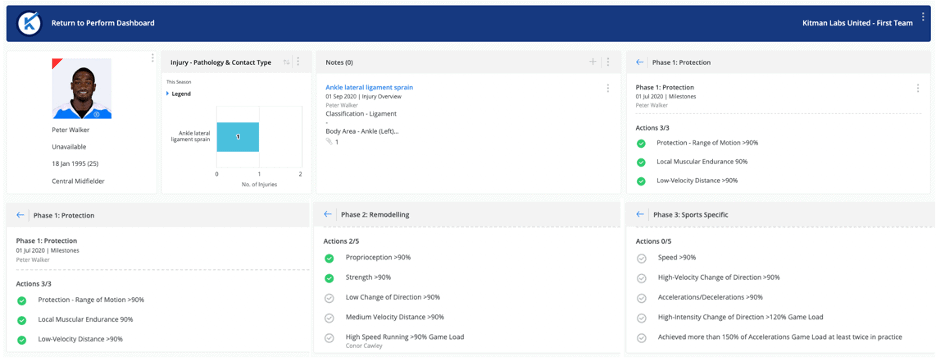
This approach aligns everyone – staff, coaches and the athletes themselves – around what the plan is, what the expectations are for each phase of the plan, what everyone’s role is, and how long it will take.
Understand status across the organization
Save time, streamline meetings, and increase transparency by centralizing updates from each department. Capture important changes, context, details and action items from medical, S&C, nutrition, and coaches about what’s happening now and what’s next.
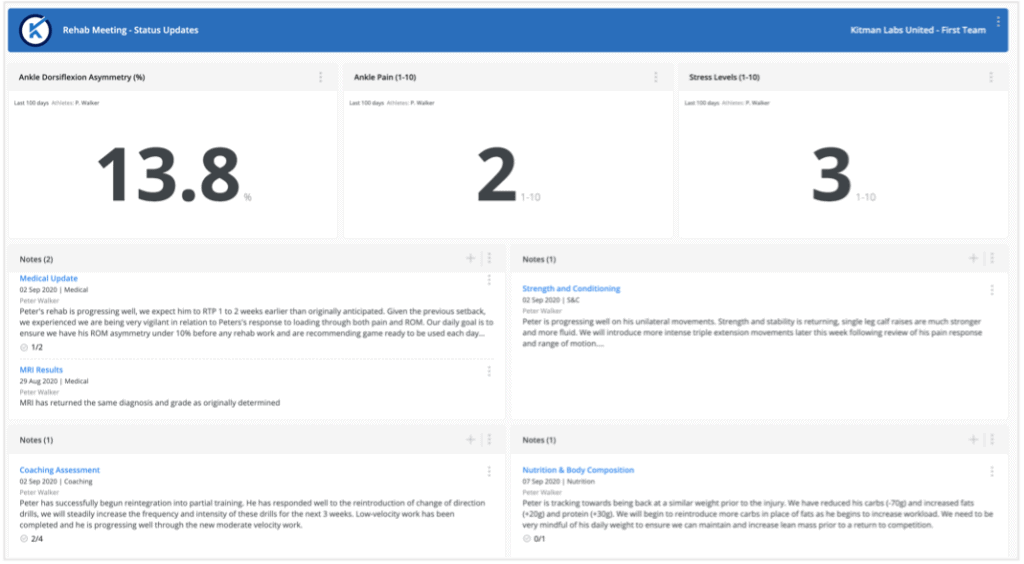
Objectively monitor progress, response, and setbacks
As you add more volume and intensity to your athletes, it’s important to understand their day to day progress and the impact on athletes. With a single view that highlights the interplay between demands and response, you are in control and can adapt and adjust as necessary – now and to future phases of the program – before a small setback becomes a big one with big impact on return.
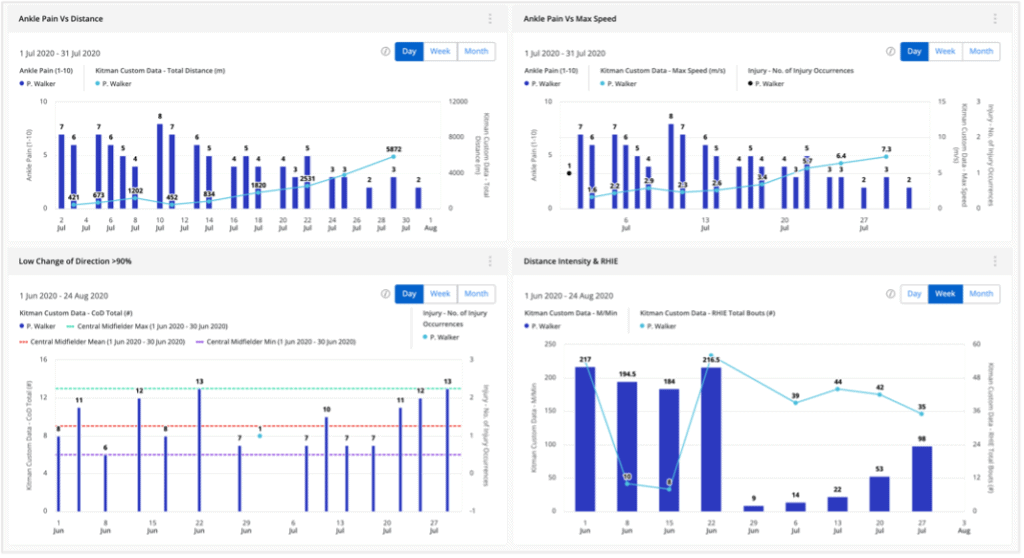
Stay focused on the prize – performance
As players move through the phases, they may “look good” on the field and they may “feel good”, but it is the objective status relative to their pre-injury state, relative to others in their position group, and against expected milestones in the protocol that tell the real story.
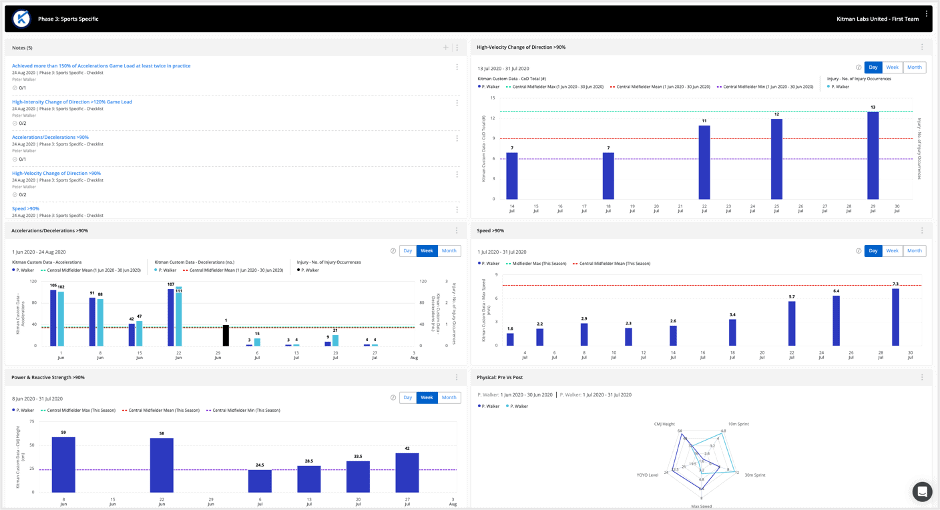
Using the documented plan, milestones and data-driven status reports, you can very clearly communicate the final milestones to return to coaches and athletes and set clear expectations on the timing of the return.
Keeping your athlete working and completing the plan milestones reduces the risk of re-injury and ensures they return ready to step on the pitch and perform at a high level.


